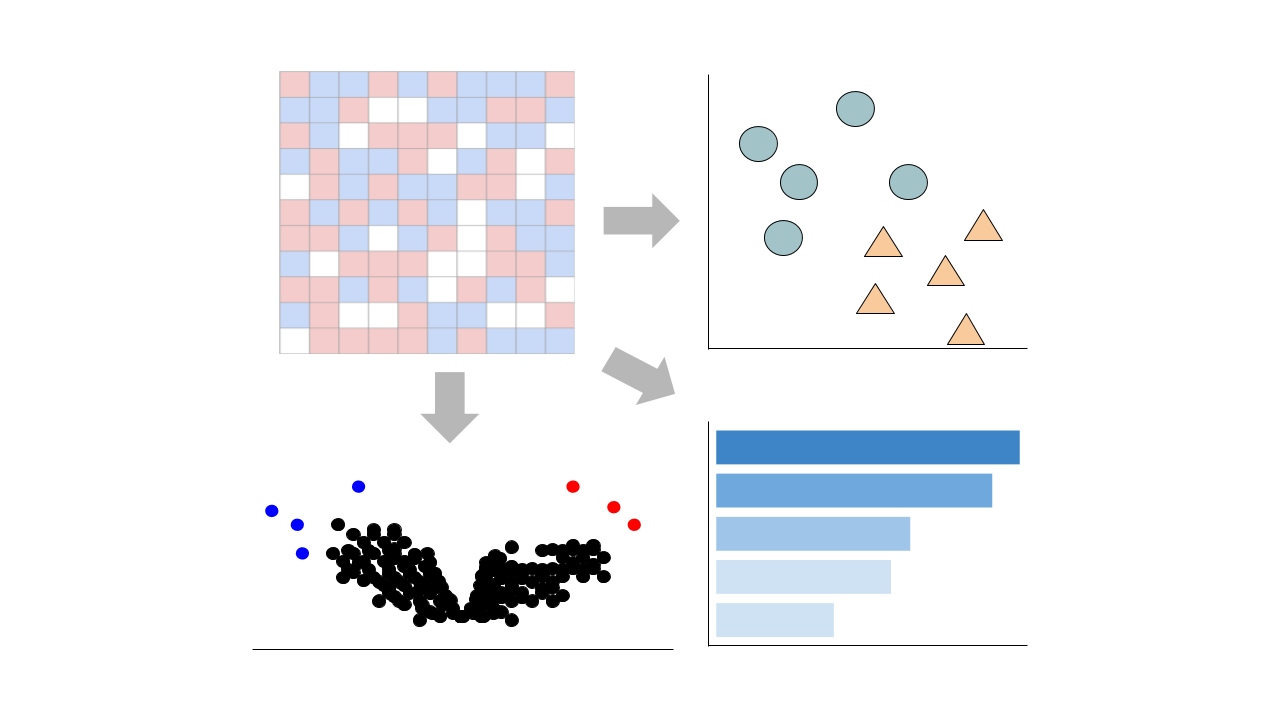Submission Date: Feb 11, 2021
Summary: Tissue mononuclear phagocytes (MNP) are specialised in pathogen detection and antigen presentation. They are the first cells of the immune system to encounter HIV and play a key role in transmission as they deliver the virus to CD4 T cells, which are the primary HIV target cell in which the virus undergoes replication. Most studies have investigated the role that epithelial MNPs play in HIV transmission but, as mucosal trauma and inflammation are strongly associated with HIV transmission, it is also important to examine the role that sub-epithelial MNPs play. Sub-epithelial MNPs are present in a diverse array of subsets which differ in their function and the pathogens they detect. Understanding how specific subsets interact with HIV and deliver the virus to CD4 T cells is therefore of key importance to vaccine and microbicide development. In this study we have shown that, after topical application, HIV can penetrate to interact with sub-epithelial resident myeloid cells in anogenital explants and defined the full array of MNP subsets that are present in all the human anogenital and colorectal sub-epithelial tissues that HIV may encounter during sexual transmission. In doing so we have identified two subsets that preferentially take up HIV, become infected and transmit the virus to CD4 T cells; CD14+CD1c+CD11c+ monocyte-derived dendritic cells and langerin-expressing conventional dendritic cells 2 (cDC2).
GEO Accession ID: GSE166639
PMID: 33846309
Select conditions below to toggle them from the plot:
| GROUP | CONDITION | SAMPLES |
|---|---|---|
| Abdominal skin dermal tissue |
GSM5076846 GSM5076852 GSM5076858
|
|
|
GSM5076842 GSM5076848 GSM5076854
|
||
|
GSM5076843 GSM5076849 GSM5076855
|
||
|
GSM5076844 GSM5076850 GSM5076856
|
||
|
GSM5076845 GSM5076851 GSM5076857
|
||
| Abdominal skin epidermal tissue |
GSM5076841 GSM5076847 GSM5076853
|
Submission Date: Feb 11, 2021
Summary: Tissue mononuclear phagocytes (MNP) are specialised in pathogen detection and antigen presentation. They are the first cells of the immune system to encounter HIV and play a key role in transmission as they deliver the virus to CD4 T cells, which are the primary HIV target cell in which the virus undergoes replication. Most studies have investigated the role that epithelial MNPs play in HIV transmission but, as mucosal trauma and inflammation are strongly associated with HIV transmission, it is also important to examine the role that sub-epithelial MNPs play. Sub-epithelial MNPs are present in a diverse array of subsets which differ in their function and the pathogens they detect. Understanding how specific subsets interact with HIV and deliver the virus to CD4 T cells is therefore of key importance to vaccine and microbicide development. In this study we have shown that, after topical application, HIV can penetrate to interact with sub-epithelial resident myeloid cells in anogenital explants and defined the full array of MNP subsets that are present in all the human anogenital and colorectal sub-epithelial tissues that HIV may encounter during sexual transmission. In doing so we have identified two subsets that preferentially take up HIV, become infected and transmit the virus to CD4 T cells; CD14+CD1c+CD11c+ monocyte-derived dendritic cells and langerin-expressing conventional dendritic cells 2 (cDC2).
GEO Accession ID: GSE166639
PMID: 33846309
Select conditions:
Control Condition
Perturbation Condition
This pipeline enables you to analyze and visualize your bulk RNA sequencing datasets with an array of downstream analysis and visualization tools. The pipeline includes: PCA analysis, Clustergrammer interactive heatmap, library size analysis, differential gene expression analysis, enrichment analysis, and L1000 small molecule search.
